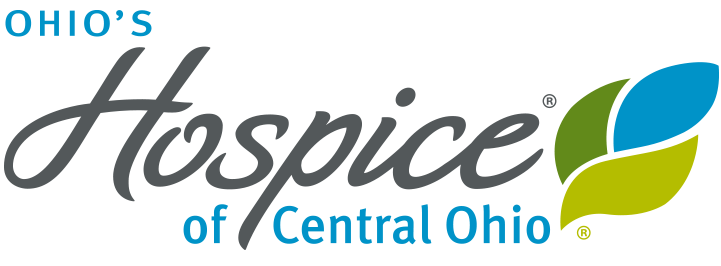Growing to Meet Community Need
The first decade of the 2000s saw the creation of the Hospice of Central Ohio Foundation, which raises funds to provide complementary support services to patients and their families.
A special fund was established for Camp HOCO to dedicate funds for children’s grief support. As we continued to grow, we saw the need for a larger space. In 2004, we purchased a building on Cherry Valley Road in Newark, our current home. During this period, we also started using an electronic medical record system to improve our medical records.

In the early 2000’s, The Hospice of Central Ohio Foundation was created, seeking charitable gifts to provide complementary support services to patients and their families. Some of our support services include massage, Starlight Therapy®, aroma, pet and music therapy. Our bereavement service, now called Pathways of HopeSM, opened to anyone in the community who has suffered a loss, at no charge, thanks to donor support from the community. Community support through philanthropy strengthens our mission so that no medically eligible patient is turned away, regardless of severity of need, complexity of care, or ability to pay.
In 2004, we found our permanent home when we purchased a building in Newark at 2269 Cherry Valley Road. Today, the building continues to serve as the organization’s main office location. This new building provides room for growth, plenty of storage, and ample parking for our staff and guests. As we grew, this building has been periodically reconfigured to add more office space, a bigger kitchen with an eating area, an executive boardroom and a large conference center. The building provides space to hold celebrations of life and support groups for grieving individuals. It also has enough room for a consultation room for palliative patients.
In 2005, we began using an electronic medical record system to improve the accuracy and clarity of our medical records. This new technology made health information more readily available and helped patients and their families be well informed. This also allowed patient data to be shared among members of the care team. The real-time patient-centered health information enabled healthcare decisions to be made based upon the most current information. The new system altered the way care was delivered, to allow teammates to more easily work together to ensure that we had the most current patient information to provide safe, world-class care.

We introduced Palliative Care of Central Ohio to offer symptom and pain management to help patients manage chronic health conditions. It was a natural extension of the work being accomplished by Carl Waggoner, MD, medical director, and Cindy Simons, clinical nurse specialist. They identified a community need for management of seriously ill patients who were not ready or eligible for hospice care. The goal of palliative medicine is to help individuals living with serious illness to remain as well as possible, successfully complete the treatments they desire to receive, avoid unplanned hospitalizations, and to anticipate symptoms before a crisis occurs. Hospice and palliative medicine were accepted nationally as a subspecialty in 2006.
With donor interest and community support, the Quality of Life Fund was created for patient needs outside of their clinical care, such as safety monitoring devices or motorized chairs or scooters.
In 2009, Kerry Hamilton was named president and CEO of Hospice of Central Ohio. Under his leadership, the organization grew with a focus on providing extraordinary patient care. Working with an exceptional team, the not-for-profit organization expanded into nine counties — Coshocton, Delaware, Fairfield, Franklin, Hocking, Knox, Licking, Muskingum, and Perry — and opened offices in Columbus, Lancaster and Zanesville.
He was instrumental in leading the efforts to open the inpatient care center at The Ohio State University Wexner Medical Center. During his tenure, Hospice of Central Ohio also became the first non-hospital member in the Ohio State Health Network (OHSN).
Kerry guided Hospice of Central Ohio through its affiliation with Ohio’s Hospice. “We have not only strengthened Hospice of Central Ohio but also ensured that not-for-profit hospice will continue to be strong throughout the state of Ohio,” he said.

